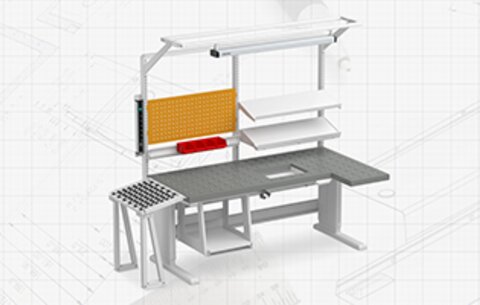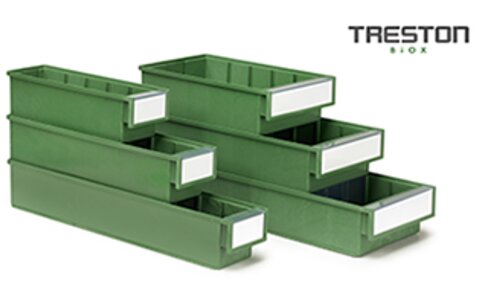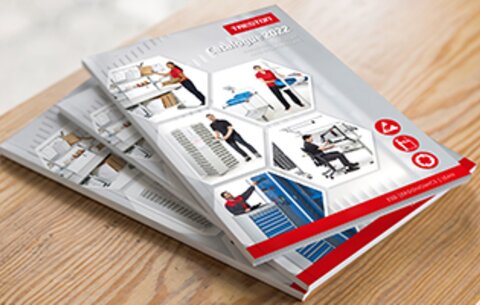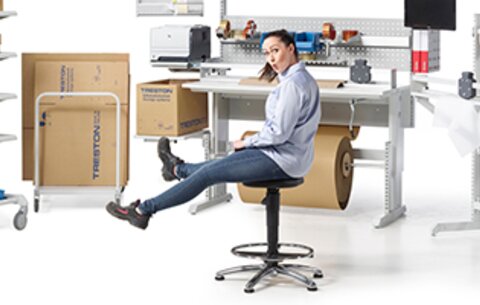

Enhancing Assembly Line Efficiency, Quality, and Employee Well-Being: Ergonomic Workstations
However, there are solutions available that prioritize ergonomics to address these challenges head-on. By implementing ergonomic workstations, factories can optimize employee well-being, enhance productivity, and contribute to improved product quality.
In this blog post, we will explore the key benefits of ergonomic solutions in assembly line settings and how they can revolutionize operations, benefiting both employees and the overall business performance.

4 Benefits of Ergonomic Workstations in Assembly Line Settings
Assembly line work is demanding, and the ergonomics of the workstations play a crucial role in the well-being and productivity of employees. Ergonomic workstations are specifically designed to support the physical and cognitive needs of workers, improving their comfort, safety, and overall performance. These workstations offer a range of features and customization options that can be tailored to meet the unique requirements of each individual employee.
By investing in ergonomic workstations, factory managers can unlock a multitude of benefits that positively impact both employees and the bottom line:
-
Enhanced Employee Well-Being
Ergonomic workstations promote better posture, reducing the risk of musculoskeletal disorders and providing long-term health benefits for employees. Adjustable heights, ergonomic seating, and proper equipment placement help minimize strain on the body, resulting in decreased fatigue, discomfort, and work-related injuries. By prioritizing employee well-being, factory managers create a positive work environment that fosters employee satisfaction, engagement, and retention.
-
Improved Productivity
Ergonomic workstations are designed to optimize workflow efficiency. By positioning tools, equipment, and materials within easy reach, ergonomic workstations minimize unnecessary movements and reduce the time spent on repetitive tasks. This streamlined workflow not only improves productivity but also allows employees to work more comfortably and effectively. Additionally, ergonomic workstations can be customized to accommodate individual preferences and working styles, further enhancing productivity by creating a personalized and efficient workspace.
Read more about How Does Industrial Ergonomics Improve Productivity?
-
Increased Product Quality
In assembly line settings, product quality is of utmost importance. Ergonomic workstations can contribute to improved product quality in several ways. By reducing physical strain and fatigue, employees are better able to maintain focus and attention to detail throughout the assembly process, minimizing errors and defects. Furthermore, ergonomic workstations can incorporate features such as proper lighting, magnification tools, and adjustable components, allowing employees to perform their tasks with precision and accuracy. The result is a higher standard of product quality, reduced rework, and improved customer satisfaction.
When aiming to increase product quality, participatory ergonomics is something to consider. Participatory approaches can enhance product quality by involving workers in the design process, leading to the creation of workstations and equipment that better align with their needs and capabilities. This user-centered design can result in increased worker comfort, reduced risk of injuries, improved productivity, and higher overall satisfaction, ultimately benefiting both the workers and the organization.
Learn more about participatory ergonomics by watching the webinar episode: User-centric Design of R&D Labs.
-
Cost Savings
Implementing ergonomic workstations can lead to significant cost savings. By reducing the risk of work-related injuries and musculoskeletal disorders, employers can minimize absenteeism, workers' compensation claims, and healthcare costs.
Additionally, the improved productivity and product quality resulting from ergonomic workstations can lead to higher customer satisfaction, repeat business, and positive brand reputation, which can contribute to increased sales and revenue. Moreover, the efficient use of space and resources through ergonomic workstation design can optimize operational costs and minimize waste, further enhancing cost-effectiveness for the business.
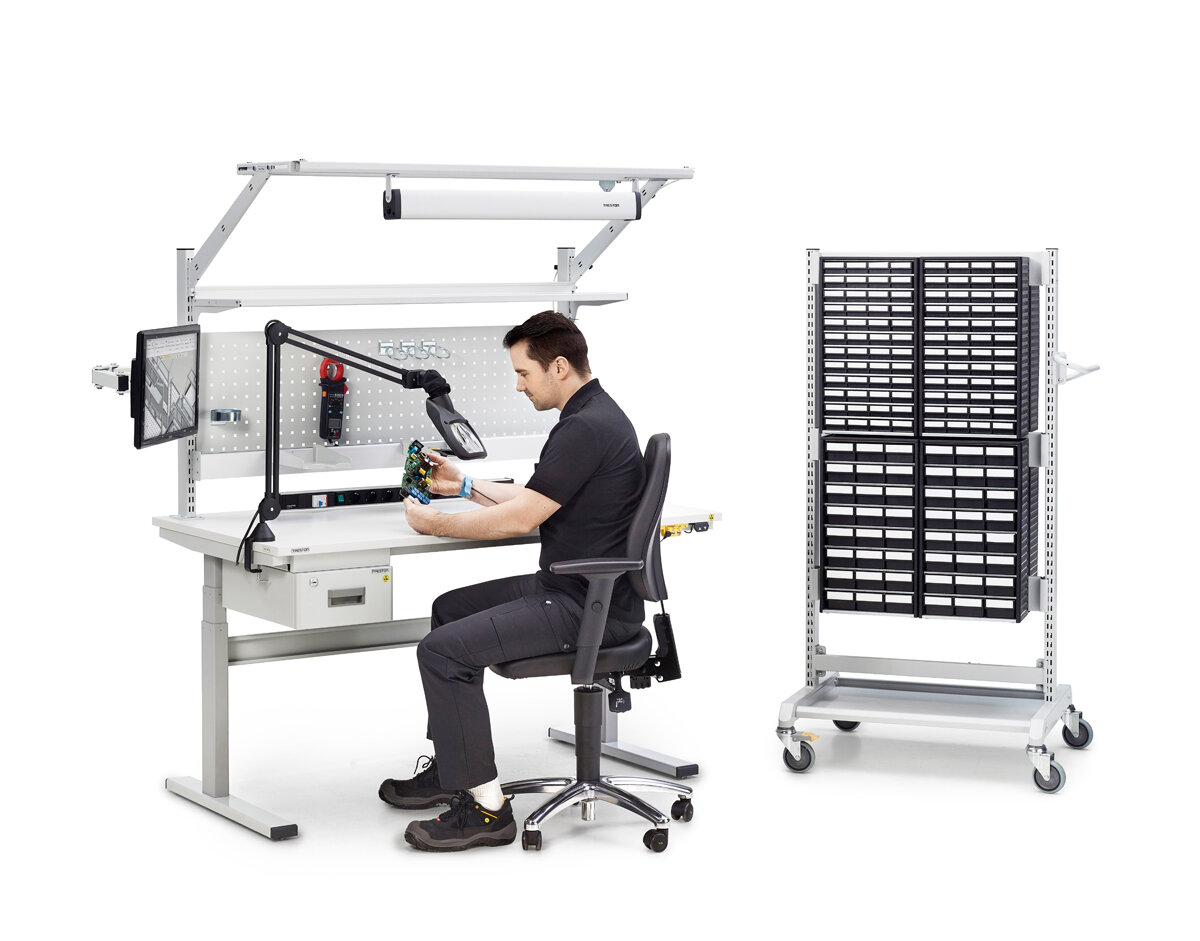
Conclusion
In conclusion, incorporating ergonomic workstations in assembly line settings offers a multitude of benefits for both employees and the overall business performance. By prioritizing employee well-being, these workstations create a comfortable and safe working environment, reducing the risk of musculoskeletal disorders and promoting long-term health. The enhanced productivity achieved through ergonomic design improves workflow efficiency, minimizes errors, and increases output.
Additionally, the focus on product quality ensures a higher standard of manufacturing, reducing the need for rework and enhancing customer satisfaction. The implementation of ergonomic workstations leads to cost savings, improved employee satisfaction, and a competitive edge in the assembly industry.
Boosting Productivity in the Factory with Proper Ergonomics
In the fast-paced world of factory operations, maximizing productivity while ensuring the well-being of your workforce is paramount. The key to achieving this delicate balance lies in implementing proper ergonomics.
Do not miss this opportunity to elevate your productivity. Download the e-book, Increasing Productivity with Proper Ergonomics, now and embark on a journey towards a more ergonomic and thriving workplace.


